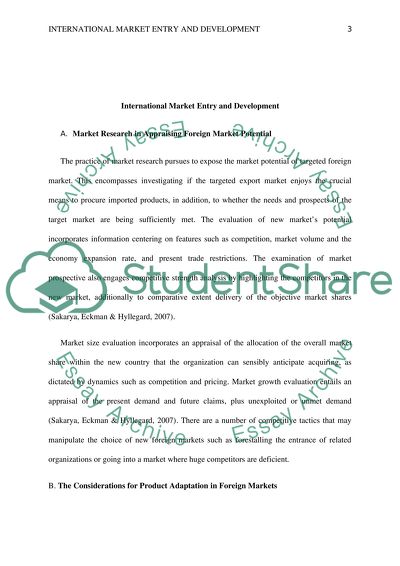Cite this document
(“International Market Entry and Development Essay - 1”, n.d.)
International Market Entry and Development Essay - 1. Retrieved from https://studentshare.org/marketing/1463656-international-market-entry-and-development
International Market Entry and Development Essay - 1. Retrieved from https://studentshare.org/marketing/1463656-international-market-entry-and-development
(International Market Entry and Development Essay - 1)
International Market Entry and Development Essay - 1. https://studentshare.org/marketing/1463656-international-market-entry-and-development.
International Market Entry and Development Essay - 1. https://studentshare.org/marketing/1463656-international-market-entry-and-development.
“International Market Entry and Development Essay - 1”, n.d. https://studentshare.org/marketing/1463656-international-market-entry-and-development.


